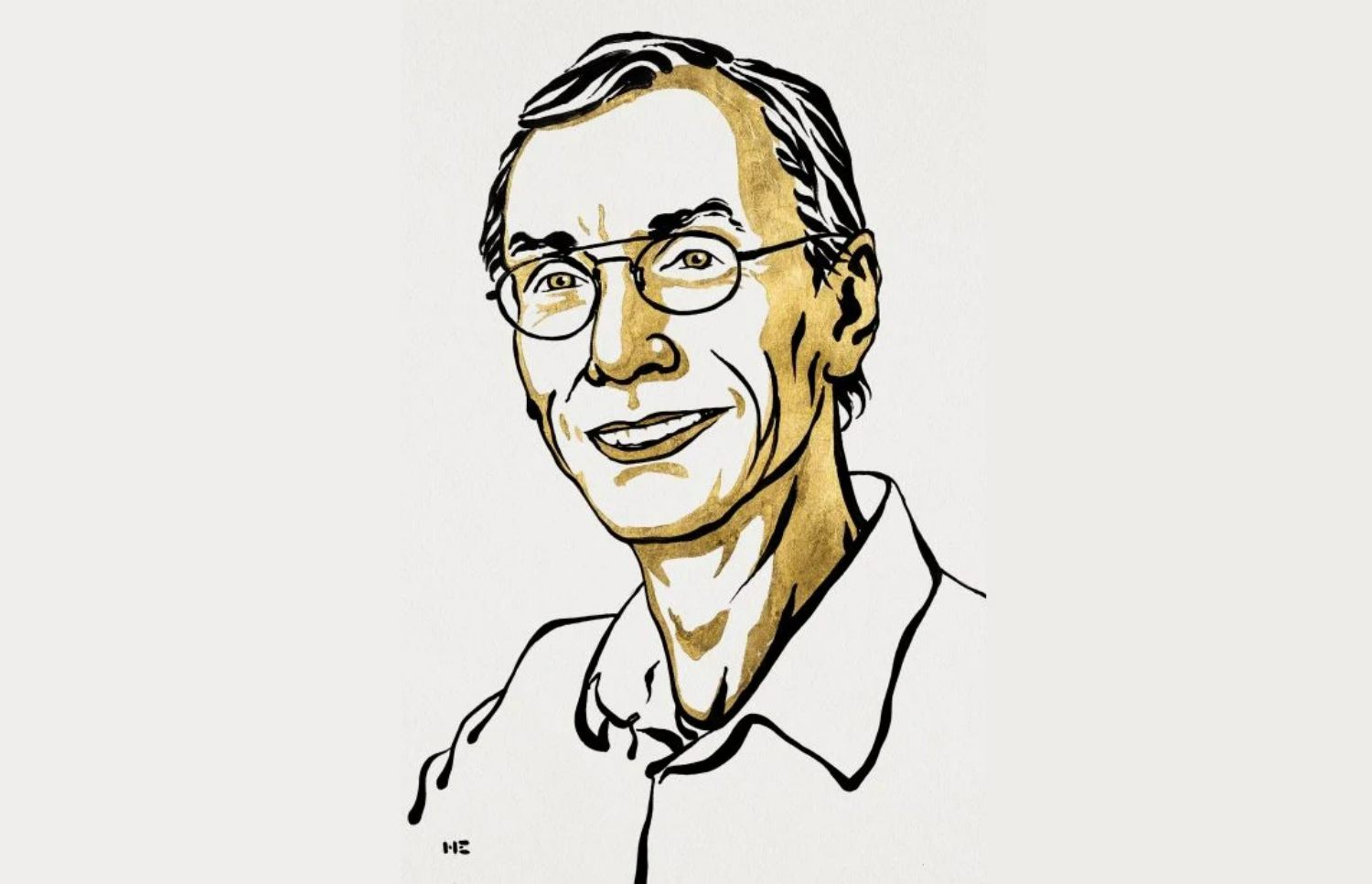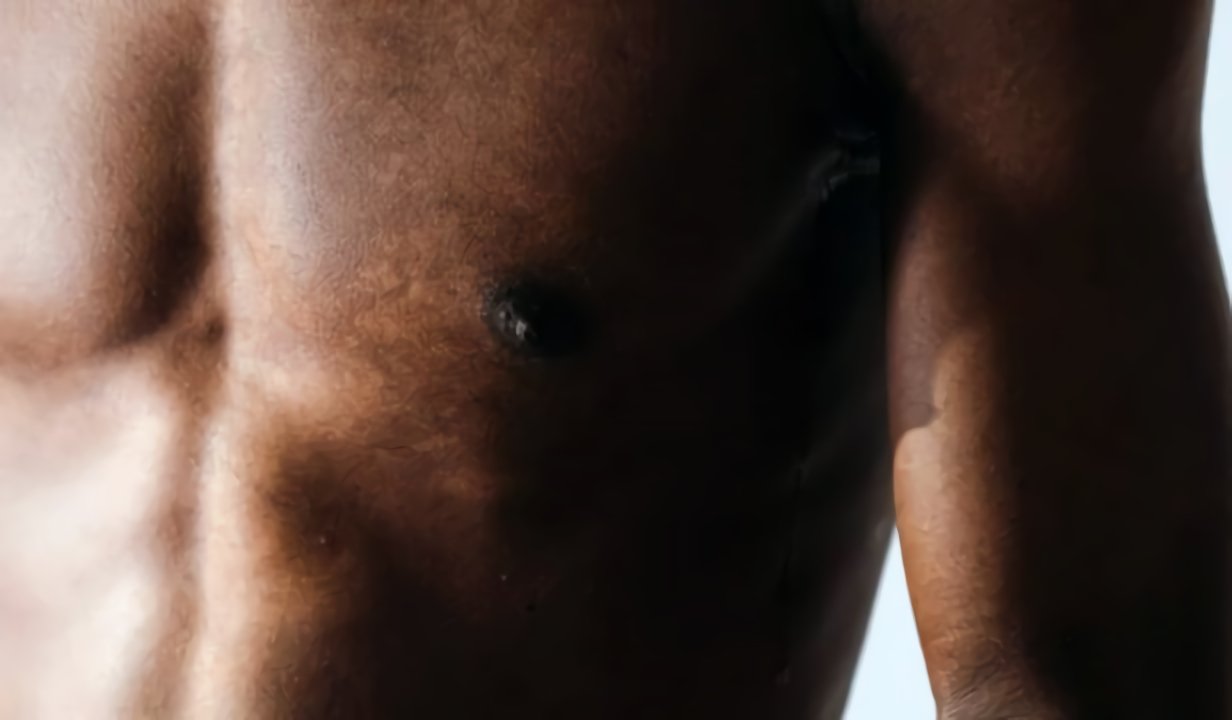Svante Pääbo, a pioneer in the field of paleogenetics, will receive the Nobel Prize in Medicine in 2022 for his contributions to the field. He and his team deciphered the Neandertal and Denisovan ancestors’ DNA, revealing previously unknown details about the origins of these ancient human species and their connections to our own. Only because of him do we know for sure that we all have a trace amount of Neandertal DNA.
Human history is more like a gnarled stump than a sturdily grown tree. Because the exact relationship of many ancient people to our forefathers remains unclear to this day. This was true for a very long time, even for Neandertals, and much more so for the savage Denisova-Man, of whom just a few tiny finger knuckles have been discovered.
Evidently impossible task
New discoveries about our family tree and the connections between our ancestors and their contemporaries are owed in large part to Svante Pääbo, winner of the Nobel Prize in Medicine. He has made groundbreaking contributions to the field of paleogenetics, and he and his team were the first to successfully isolate and decipher the genetic material of extinct human populations.
The reason is that after thousands of years in the ground, bacteria and yeasts have colonized Neanderthal teeth to the point where up to 99.9 percent of the DNA found in these teeth is microbiological in origin. In addition, the few amounts of Neandertaler-DNA that have been recovered so far are only available in small fragments that must be pieced together like a colossal puzzle. Many researchers concluded that this problem could never be solved.
From Egyptian mummies to Neanderthals
In any case, Pääbo and his crew set sail for new techniques. In his doctoral dissertation at Sweden’s Uppsala University, the researcher had already shown that Egyptian mummies may preserve DNA for centuries. In so doing, he established the field of paleoanthropology. Pääbo and his team were able to decipher, for the first time, a short segment of the mitochondrial DNA of a Neandertal around the middle of the 1990s. This segment is located not in the cell nucleus but in the cellular power plants.
So how exactly did the Neanderthal fit into our family tree?
The mitochondrial DNA of Neandertals was clearly distinguishable from that of modern humans. This proves that Neandertals couldn’t have been our ancestors in the strict sense. So how exactly did the Neanderthal fit into our family tree? To figure it out, researchers had to decode Neandertal cellular DNA, which is even less well preserved than mitochondrial DNA and far more complex than a simple jigsaw puzzle.
Pääbo joined the newly formed Max-Planck-Institute for evolutionary Anthropology in Leipzig in 1997 as one of five Directors, where he and his team searched for techniques to isolate and sequence the fragmented, heavily contaminated DNA of early humans. They did this by using complex computer programs to piece together the DNA fragments and compare them to reference genomes from chimpanzees and humans, as well as by improving extraction methods to increase Neandertal-DNA yields.
Neanderthal genome decoded
In 2010, Svante Pääbo and colleagues were able to reconstruct an early version of the Neandertal genome from skeletal remains. Studies comparing the Neandertal genome to current human genomes have shown that most people living in Europe and Asia have around 2% of Neandertal DNA. That, in turn, meant that Homo sapiens and Neanderthals must have interbred sometime after Homo sapiens left Africa.
Indeed, researchers have uncovered the fossil remains of many ancient people who are the direct descendants of Neanderthals and modern humans. In addition, the comparison of Neandertal and modern human genes revealed which genes we inherited from our ancient ancestors and demonstrated that these genes continue to shape our immune system, skin and hair color, and metabolism even now. Even the risk of some infectious diseases, such as COVID-19, may be influenced by Neanderthal genes, as is now known.
In 2014, a group led by Pääbo at the Max-Planck Institute for Evolutionary Anthropology came close to fully deciphering the Neandertal genome. This allowed for a more precise assessment of how ancient and modern human genetic resources compare. According to Pääbo, “We have found around 30,000 positions in which the genomes of almost all modern humans differ from those of Neanderthals and great apes. They answer what makes anatomically modern humans ‘modern’ in the genetic sense as well.”
A divergence from the Neanderthal and contemporary human lineages about 800,000 years ago.
Denisova man, a mysterious figure
Pääbo and his colleagues had made another important discovery two years earlier, when they sequenced the genome of a tiny bone discovered in Denisova Cave in the Altai Mountains of western Siberia. Based on genetic evidence, it is clear that this Denisova man belonged to a branch of the human evolutionary tree that diverged from the Neanderthal and contemporary human lineages about 800,000 years ago.
In addition, modern-day Papua New Guineans, Australian Aborigines, and members of other Oceanic populations were found to possess up to 5% Denisova DNA, according to the results of genetic investigations. In addition, subsequent DNA research of additional fossil findings revealed evidence that Denisova people and Neanderthals interbred often.
Findings that provide light on our ancient past
Thus, Svante Pääbo and his study have shown that the evolution of humans included a lot of crossover and offshoots and that we still have the genetic code of multiple near ancestors of Homo sapiens. President of the Max Planck Society Martin Stratmann said that “His work has revolutionized our understanding of the evolutionary history of modern humans.”
Scientists are presently developing novel approaches to rebuild even more degraded and scarce DNA fragments. The hope is to open the door to the study of much ancient DNA, as well as genetic material from regions of the globe where DNA survival is even more unusual owing to hot and humid temperatures.





